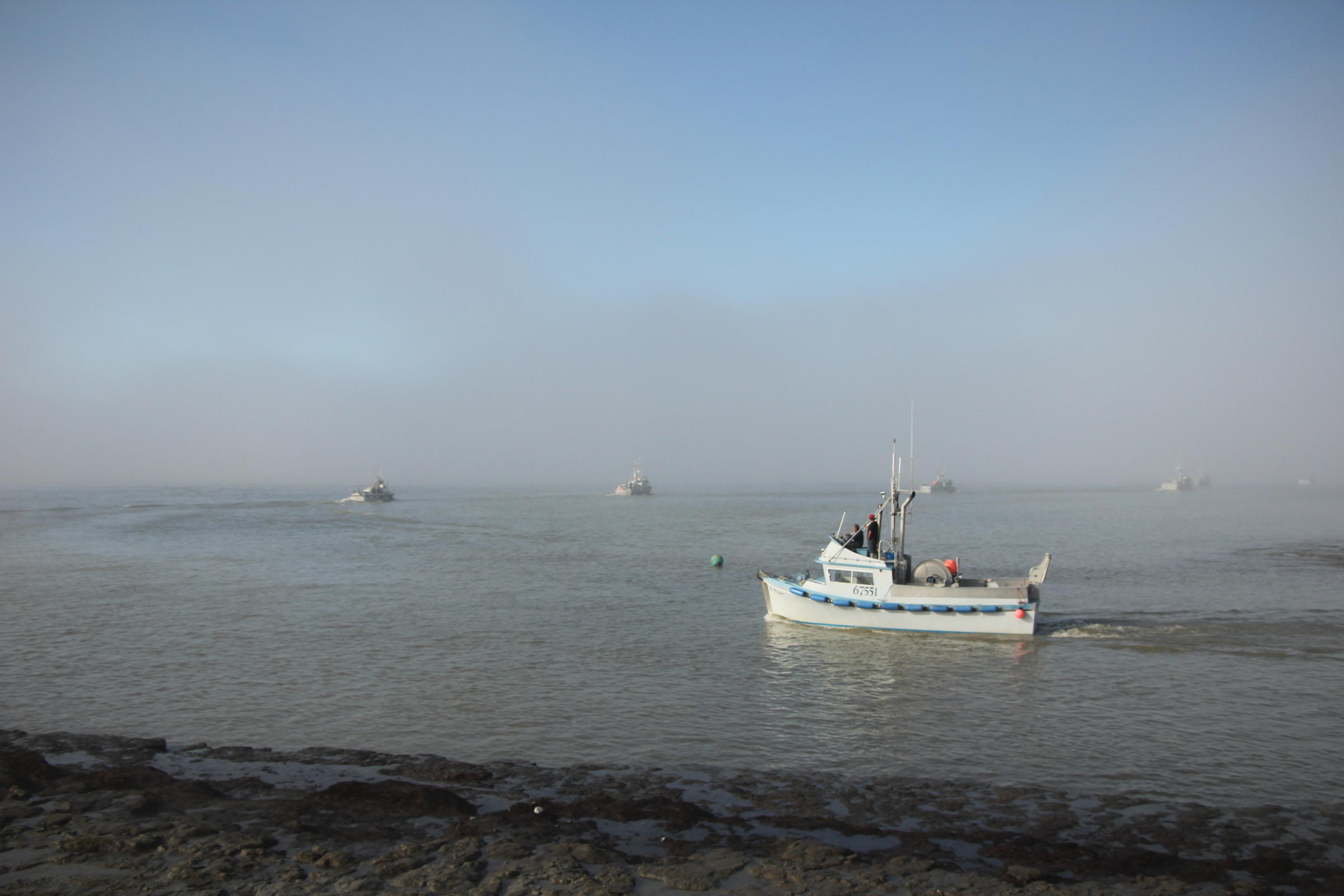
Alaskan seafood remains free of detectable Fukushima-related radiation. That’s according to the Alaska Department of Environmental Conservation. The department along with other state, federal, and international agencies has been testing Alaskan seafood since 2013.
After the 2011 Fukushima nuclear disaster in Japan, food safety authorities, including the FDA, reported it would be highly unlikely that radiation would affect Pacific seafood in the U.S. But Marlena Brewer, the spokesperson for DEC, said there was still significant public concern in Alaska.
“Fishing is such a huge part of our lives here, so I think that there was this overwhelming concern,” Brewer said. “They wanted to see Alaska specific data.”
Food safety inspectors were already collecting samples around Alaska as a part of normal food safety operations. In 2013, they began collecting additional samples to send to the FDA lab in Massachusetts to test for Fukushima-related radiation. Species tested include king, chum, sockeye, and pink salmon, halibut, pollock, sable fish, herring and Pacific cod.
In 2016, Alaska was selected as the first state test site for implementation of a field deployable gamma-ray analysis system to analyze fish for radionuclides. The system is housed in Anchorage. The FDA continues to analyze the results, but now the samples are tested in-state.
“The idea is that, in the unfortunate event that there’s another incident like Fukushima, the FDA would be able to deploy these instruments to other states so that they could get the real-time monitoring data instead of kind of scrambling after the fact and trying to coordinate these sampling efforts like we have,” Brewer said.
Brewer said that they will continue to test Alaska seafood specifically for Fukushima-related radiation for at least one more year. None has been detected since testing began.




